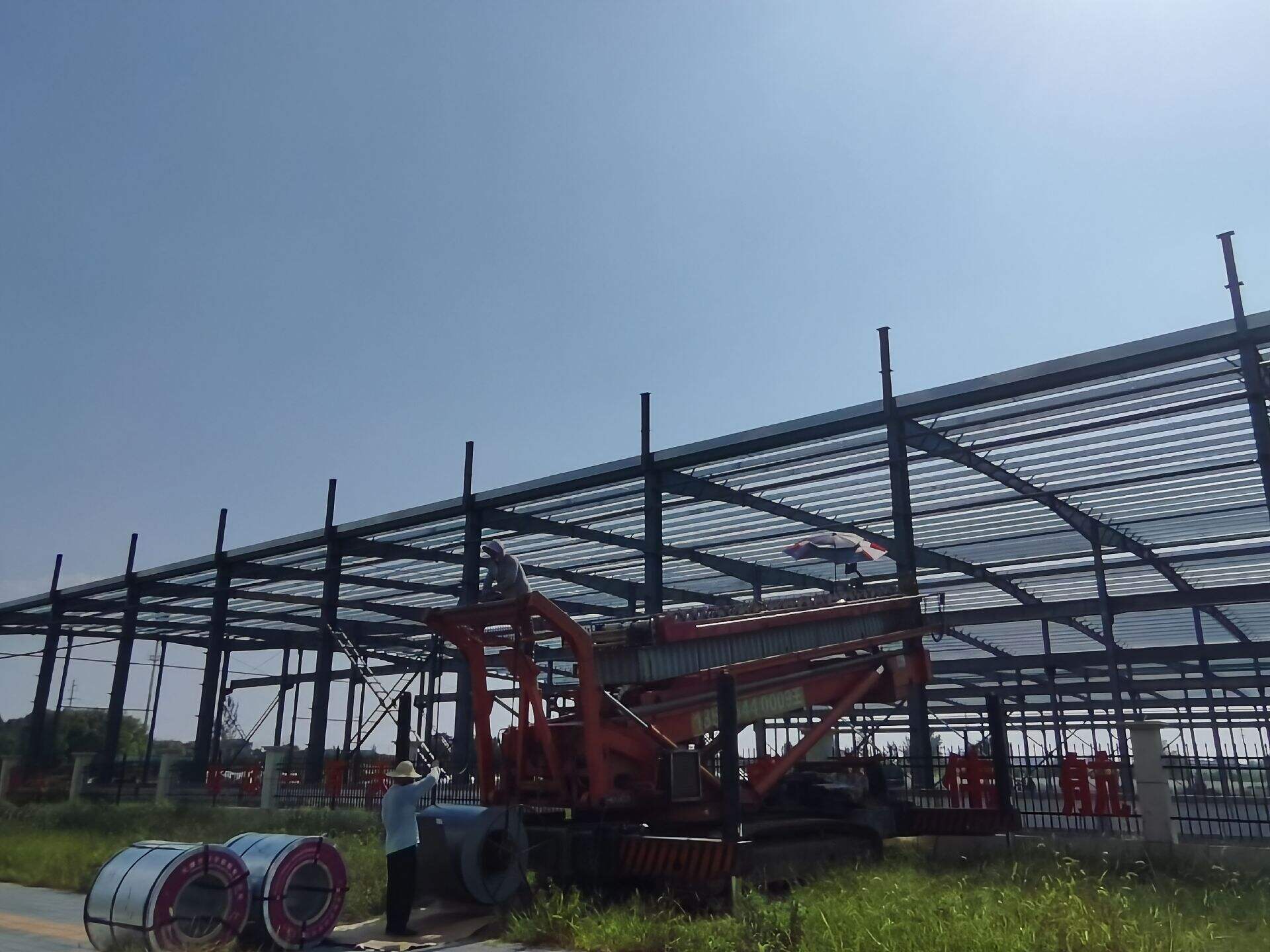Modern Architecture's Game-Changer: The Versatility of Steel Construction
Steel structure office buildings represent a revolutionary approach in modern commercial architecture, offering unprecedented flexibility in both initial design and future modifications. These innovative structures have transformed the way we conceptualize and construct commercial spaces, providing solutions that adapt to evolving business needs while maintaining structural integrity. The inherent properties of steel make it an ideal material for creating dynamic, adaptable workspaces that can grow and change alongside the organizations they house.
The construction industry has witnessed a significant shift towards steel structure office buildings due to their remarkable adaptability and efficient use of space. As businesses increasingly demand flexible workspaces that can accommodate rapid growth and changing operational requirements, steel structures have emerged as the perfect answer to these modern challenges. The combination of strength, versatility, and adaptability makes steel an unmatched choice for contemporary office construction.
Fundamental Advantages of Steel Construction Systems
Superior Structural Properties
Steel structure office buildings excel in their fundamental engineering capabilities. The material's high strength-to-weight ratio allows for larger spans and more open floor plans, creating spacious work environments without the need for numerous supporting columns. This inherent strength enables architects to design innovative spaces that would be impossible with traditional building materials.
The durability of steel ensures that these structures maintain their integrity over extended periods, even when subjected to various environmental stresses. Weather resistance, seismic stability, and fire protection features are all enhanced through modern steel construction techniques, providing peace of mind for building owners and occupants alike.
Modular Design Possibilities
The modular nature of steel construction opens up countless possibilities for customization and adaptation. Components can be prefabricated off-site, ensuring precise specifications and quality control while significantly reducing construction time. This modular approach allows for easy modifications to the building's layout and structure, making it simple to reconfigure spaces as needs change.
Steel structure office buildings can be designed with standardized components that facilitate future expansions or modifications. This standardization doesn't limit creativity; rather, it provides a framework for infinite design variations while maintaining structural consistency and reliability.
Design Flexibility and Spatial Innovation
Open Plan Configurations
Steel's superior load-bearing capacity enables the creation of expansive open-plan offices that have become increasingly popular in modern workplace design. These spaces can be easily divided or combined using lightweight partitions, allowing businesses to adapt their environment without major structural modifications. The ability to span large distances without intermediate supports gives architects the freedom to create dynamic, collaborative workspaces.
The flexibility in floor plan design extends to the integration of various workplace elements, from meeting rooms to recreational spaces. Steel structure office buildings can accommodate these diverse needs while maintaining optimal space efficiency and functionality.
Vertical Expansion Capabilities
One of the most significant advantages of steel structure office buildings is their potential for vertical expansion. The strength and precision of steel construction allow for additional floors to be added with minimal disruption to existing operations. This vertical flexibility provides a cost-effective solution for businesses experiencing growth, eliminating the need for relocation or new construction.
The ability to expand upward is particularly valuable in urban environments where horizontal space is limited. Steel structures can be designed with future vertical expansion in mind, incorporating necessary structural support and connection points for seamless additions when needed.
Sustainability and Environmental Considerations
Energy Efficiency Features
Steel structure office buildings offer excellent opportunities for incorporating sustainable design elements. The material's thermal properties can be enhanced through proper insulation and facade systems, resulting in improved energy efficiency. Large spans allow for maximum natural light penetration, reducing the need for artificial lighting and lowering energy consumption.
Modern steel construction techniques also facilitate the integration of green technologies, such as solar panels and rainwater harvesting systems. The durability of steel ensures these sustainable features remain effective throughout the building's lifetime, contributing to long-term environmental benefits.
Material Sustainability
Steel's recyclability makes it an environmentally responsible choice for office construction. The material can be recycled indefinitely without losing its properties, reducing the environmental impact of building construction and renovation. Additionally, the precision of steel fabrication minimizes waste during construction, contributing to sustainable building practices.
The longevity of steel structure office buildings also supports sustainability goals by reducing the need for frequent replacements or major renovations. This durability, combined with the material's recyclability, creates a compelling environmental case for choosing steel construction.
Frequently Asked Questions
How long does it take to construct a steel structure office building?
Construction time varies depending on the building's size and complexity, but steel structures typically offer significantly faster completion times compared to traditional construction methods. The ability to prefabricate components off-site and the simplified assembly process can reduce construction time by 20-40%.
What makes steel structures more cost-effective in the long run?
Steel structures provide long-term cost benefits through their durability, low maintenance requirements, and flexibility for future modifications. The initial investment is often offset by reduced construction time, lower insurance costs due to fire resistance, and the ability to adapt the building without major structural changes.
Can steel structure office buildings withstand natural disasters?
Yes, steel structure office buildings are engineered to withstand various natural disasters, including earthquakes, high winds, and severe weather conditions. The material's high strength-to-weight ratio and ductility make it particularly resilient in challenging environmental conditions, providing superior safety for occupants.






